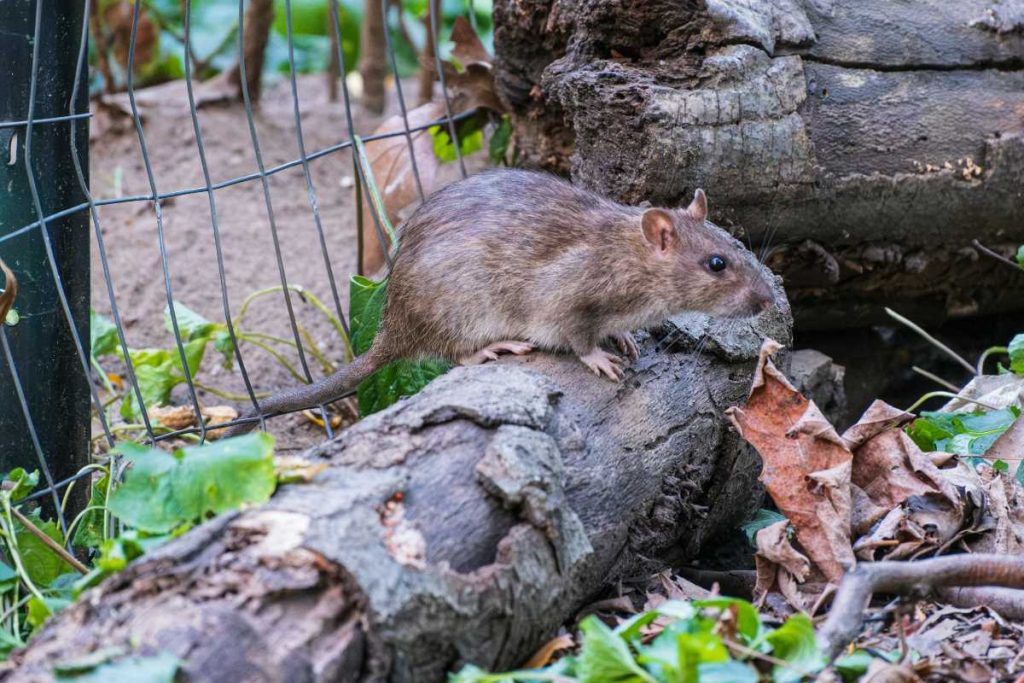Living with pets means taking extra care when protecting your home from unwanted invaders. Traditional pest control methods often rely on harsh chemicals that can threaten the health of your furry companions, but keeping pests at bay doesn’t require sacrificing your pet’s safety.
These strategies focus on prevention and pet-friendly solutions that maintain a pest-free environment without putting your animals at risk.
Seal Every Entry Point
Pests need only the tiniest opening to infiltrate your home. Inspect your home for cracks and crevices around cabinets and baseboards, using caulk to seal these openings. Steel wool works effectively for filling spaces around pipes, while wire mesh can cover larger holes.
Pay special attention to areas where utility lines enter your home, gaps beneath doors, and damaged window screens. These vulnerable spots become highways for ants, roaches, and rodents searching for food and shelter.
Your pets will appreciate the improved climate control that comes with proper sealing, and you’ll notice fewer unwanted guests without resorting to chemical treatments near floor level where animals spend most of their time.
Use Veterinarian-Approved Repellents
When prevention alone isn’t sufficient, choosing the right deterrents becomes essential. Natural or organic pest control products are generally safer for pets, but always consult with a veterinarian, especially if your pet has specific allergies or sensitivities.
Diatomaceous earth, made from fossilized algae, works by dehydrating pests and proves highly effective against many insects. Apply food-grade versions in areas your pets can’t easily access, such as behind appliances or along baseboards.
Essential oil-based products can repel certain pests, though you must verify their safety for your specific pets before application. These effective home pest control solutions work without introducing the toxic chemicals found in conventional pesticides.
Store Pet Food in Airtight Containers
Airtight containers prevent pests such as rodents and ants from accessing pet food while maintaining its freshness and nutritional value. The original bags that pet food arrives in rarely provide adequate protection against determined pests. Heavy-duty plastic or metal containers with secure sealing mechanisms create an impenetrable barrier that keeps insects and rodents away from this tempting food source.
Place containers off the ground to make it harder for pests to detect them, and establish a feeding routine where you promptly remove and clean bowls after meals rather than leaving food out for extended periods. This simple change eliminates one of the primary attractions that draw pests into your living space.
Manage Vegetation Around Your Home
The landscaping around your foundation creates either a barrier or a bridge for pests trying to reach your interior spaces. Trim bushes, shrubs, and tree branches so they don’t touch your home’s exterior walls or roof. Overgrown vegetation provides cover for rodents and insects while giving them easy access to potential entry points.
Keep mulch at least six inches away from your foundation, as it retains moisture and harbors insects that may eventually move indoors. Your pets benefit from well-maintained outdoor areas that reduce their exposure to ticks, fleas, and other parasites that thrive in dense vegetation.
Control Household Moisture
Fix leaky plumbing immediately and prevent water from accumulating anywhere in your home, including trays under houseplants or refrigerators. Pests require water to survive, and even small amounts of standing moisture attract them.
Check under sinks regularly for drips, ensure proper drainage around your home’s foundation, and use dehumidifiers in damp basements or crawl spaces. Bathrooms and laundry rooms deserve particular attention since these areas naturally experience higher humidity levels.
Reducing moisture not only discourages pests but also prevents mold growth that can affect both human and pet respiratory health.
Maintain Rigorous Cleaning Standards
Remove clutter that provides breeding and hiding places for pests, including stacks of newspapers, magazines, and cardboard boxes. Regular vacuuming and sweeping eliminate food crumbs and debris that attract insects and rodents.
Clean pet food bowls thoroughly after each use to remove residue that might attract pests, and sweep up any spilled kibble immediately. Don’t overlook areas beneath appliances and furniture where food particles accumulate unnoticed.
A consistently clean home removes the food sources pests need to establish populations, making your space naturally less hospitable to invaders while creating a healthier environment for your pets.
Deploy Pet-Safe Traps Strategically
Setting traps effectively kills pests while keeping pets safe, starting with proper pest identification to select appropriate trap types. Enclosed bait stations prevent pets from accessing poisonous substances while still targeting rodents. Sticky traps and mechanical snap traps should be placed in areas your pets cannot reach, such as inside cabinets, behind major appliances, or in attics and crawl spaces.
The Environmental Protection Agency recommends using baits and traps as low-risk pesticide options when kept out of reach of children and pets. Never place traps in open areas where curious pets might investigate them, and regularly check traps to remove captured pests quickly.
Endnote
When prevention methods aren’t enough to address persistent pest problems, efficient home pest control services provided by professionals trained in pet-safe techniques can help. These specialists understand how to protect your home while prioritizing the health and safety of every family member, including those with four legs.





